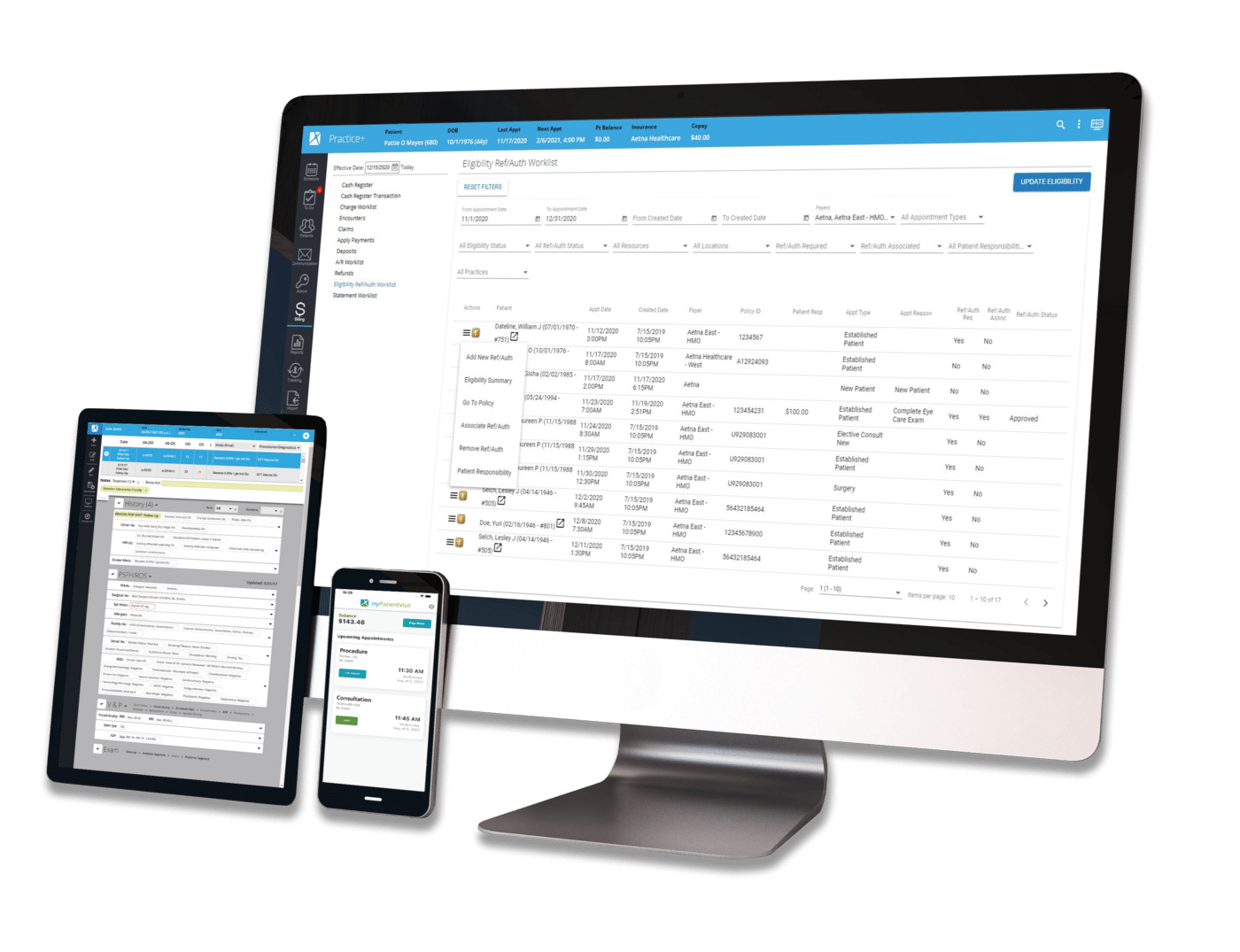Latest Articles
The latest news and information regarding electronic medical records, practice management software, HIPAA, and security from Nextech.

Practice Management | Billing | Revenue & Finances
By:
Nextech
December 15th, 2025
It doesn’t matter how much patient volume you bring in: If your billing is a mess, your specialty practice will struggle to show consistent profits.

EHR | Technology & Innovation | Clinical Efficiency
By:
Nextech
November 25th, 2025
Electronic health records (EHRs) have evolved dramatically since they first began to replace paper charts decades ago. What began as a digital filing cabinet has transformed into a command center for practice operations, patient engagement, and clinical decision-making. Now, a new wave of innovation is reshaping how EHRs will power specialty care in the years ahead.


Ophthalmology | Compliance | CMS | Coding | Clinical Efficiency
By:
Courtney Tesvich
November 21st, 2025
The odds of a healthcare practice being audited took a tremendous jump this year. Proactive administrators are taking action now to make sure their practice is ready should auditors come knocking.

CMS | Coding | Clinical Efficiency
By:
Nextech
November 20th, 2025
When it comes to Evaluation & Management (E/M) coding, even experienced medical coders can get tripped up over when to use time-based codes and when to use Medical Decision Making (MDM) codes.

Healthcare IT | cybersecurity | Future proofing
By:
David Slazyk
October 31st, 2025
Healthcare organizations face growing threats from cyberattacks and data breaches — and the consequences can be devastating. When sensitive patient information is compromised, practices risk financial penalties, regulatory scrutiny, reputational harm, and most importantly, a loss of patient trust.

Ophthalmology | AAO | Technology & Innovation | AI
By:
Amanda Wratchford
October 27th, 2025
There’s nothing quite like the energy of the American Academy of Ophthalmology (AAO) annual meeting — the conversations, the innovation, and the shared passion for advancing patient care. This year’s event was no exception. The Nextech team hit the ground running in Orlando, Fla., connecting with thousands of physicians, administrators, and industry peers who are shaping the future of ophthalmology.

By:
Nextech
October 17th, 2025
Bilateral procedure billing can be a training challenge when your eyecare practice hires coders and billers from different specialties.

Patient Engagement | Healthcare Technology
By:
Nextech
October 8th, 2025
Every healthcare specialty has different clinical needs, patient journeys, and treatment protocols. Despite these differences, many care providers in ophthalmology, plastic surgery, dermatology, and med spa face some of the same operational hurdles: keeping patients engaged, ensuring timely follow-ups, and managing increasingly complex administrative tasks.